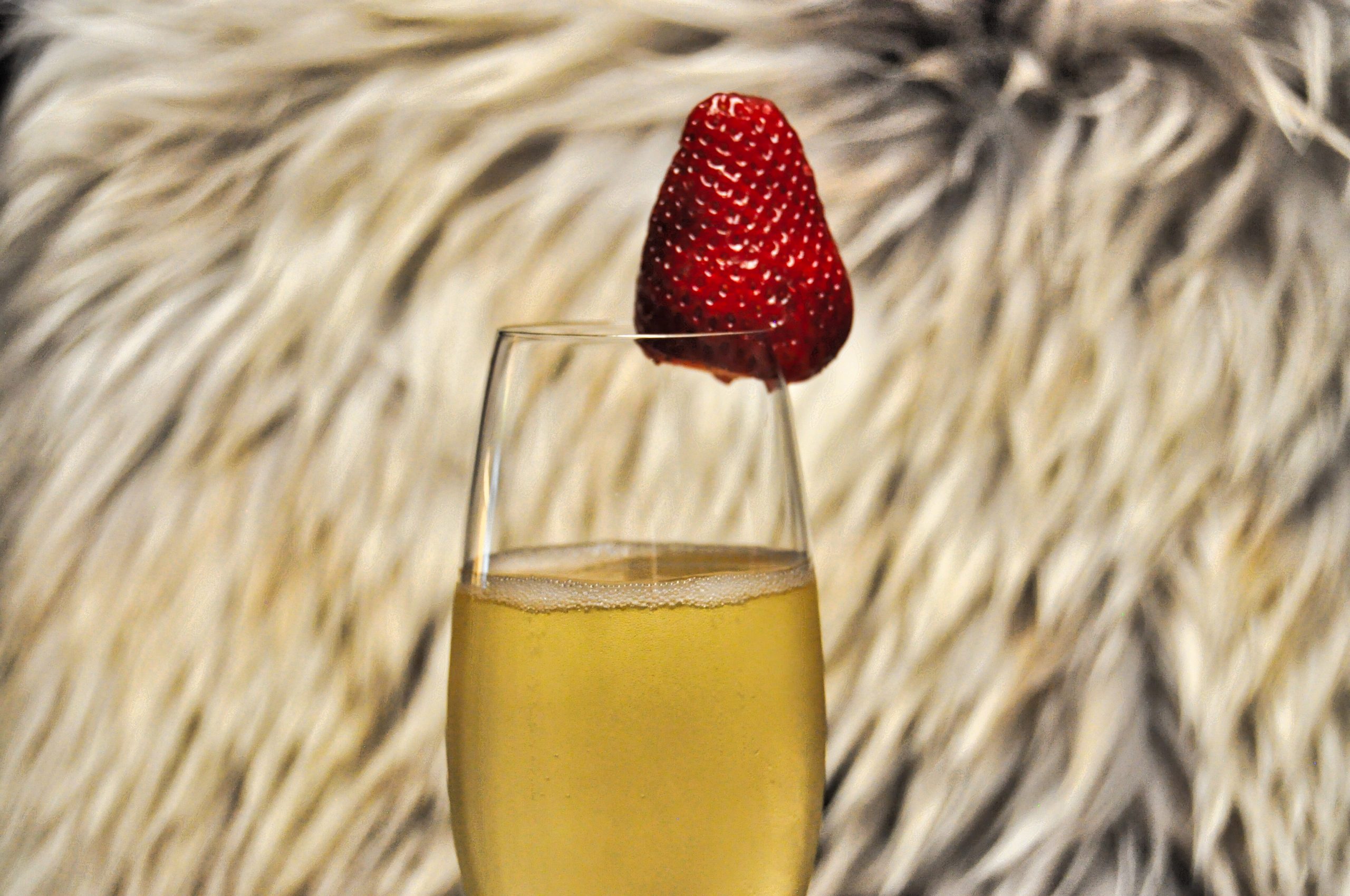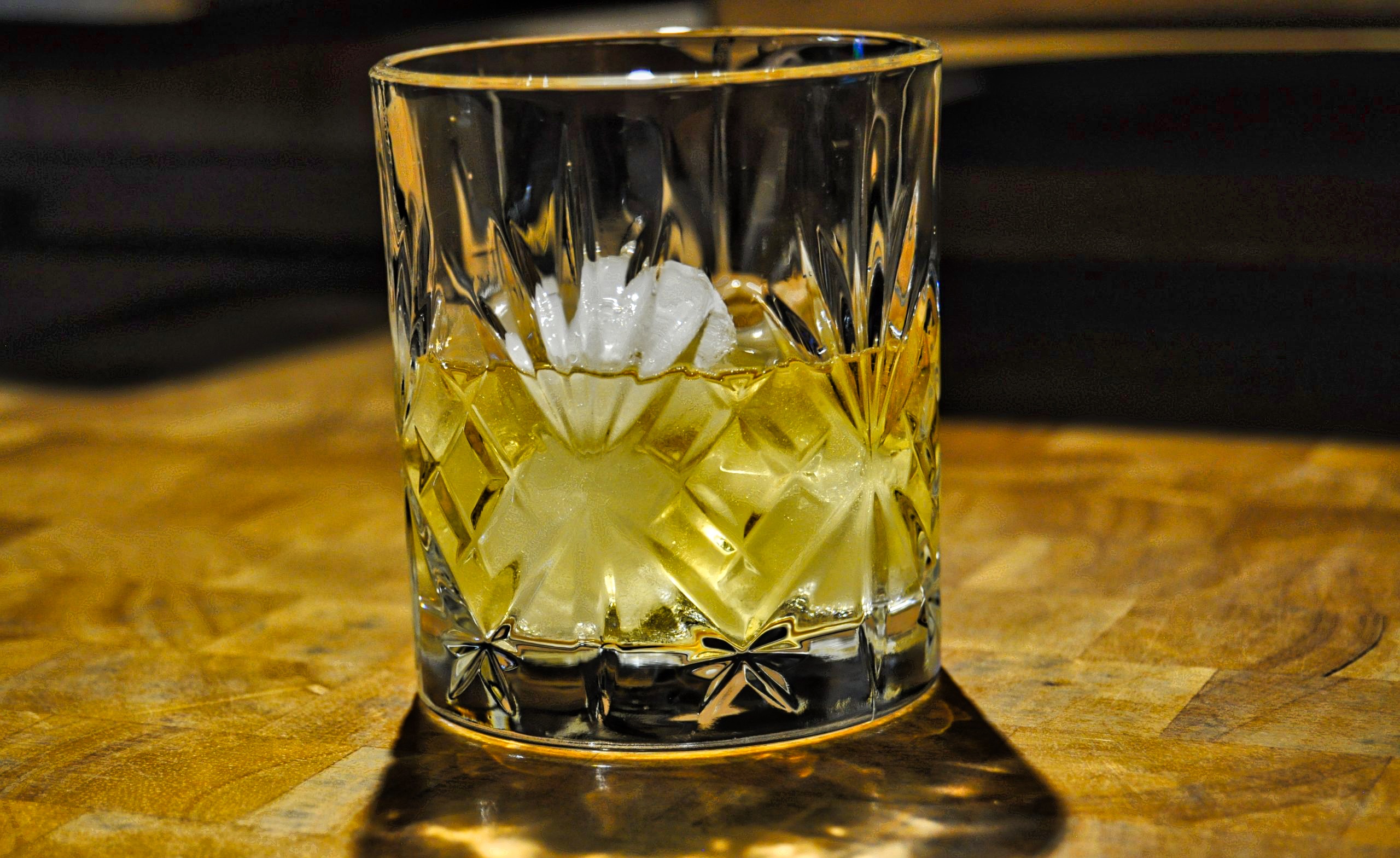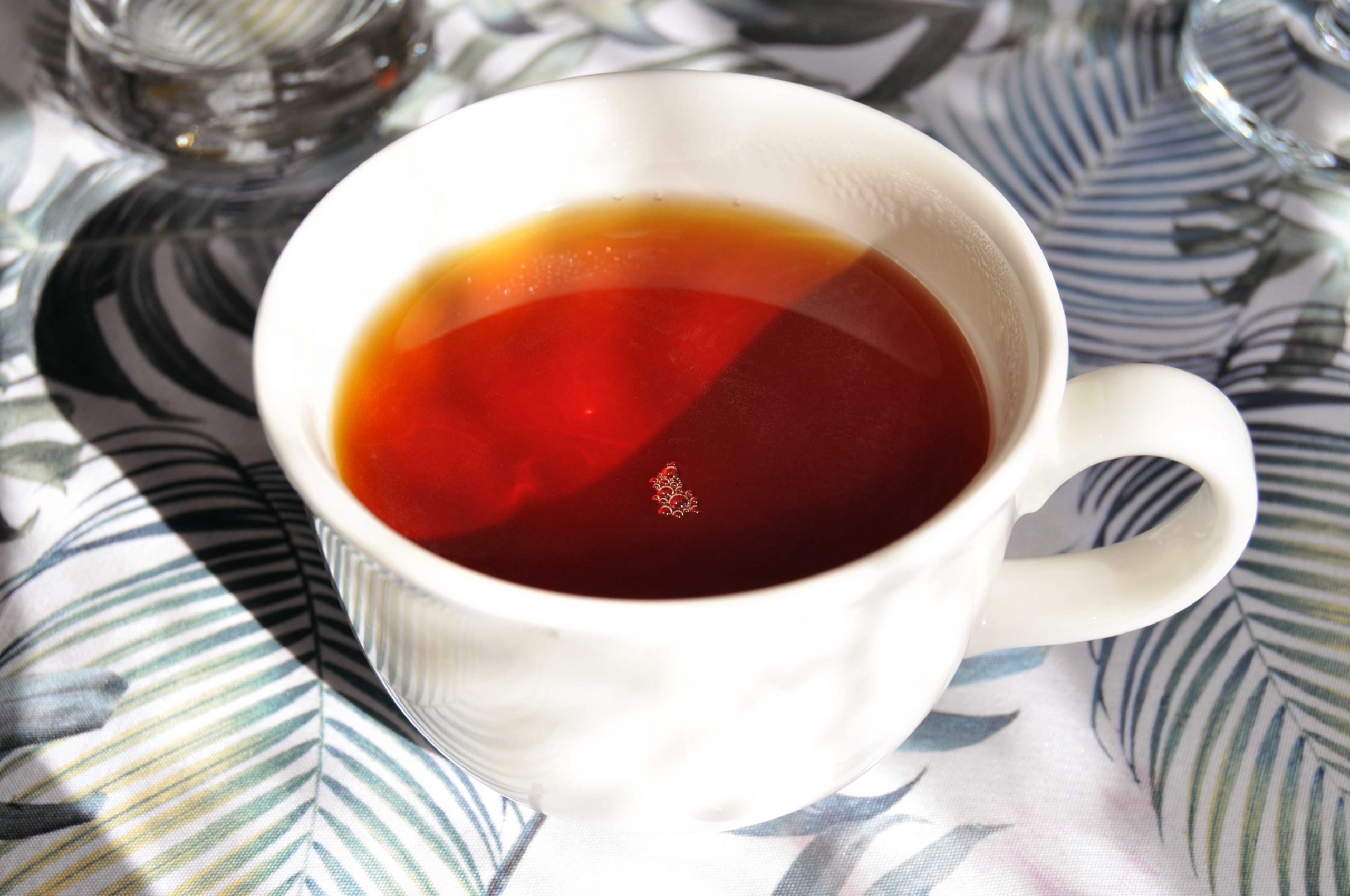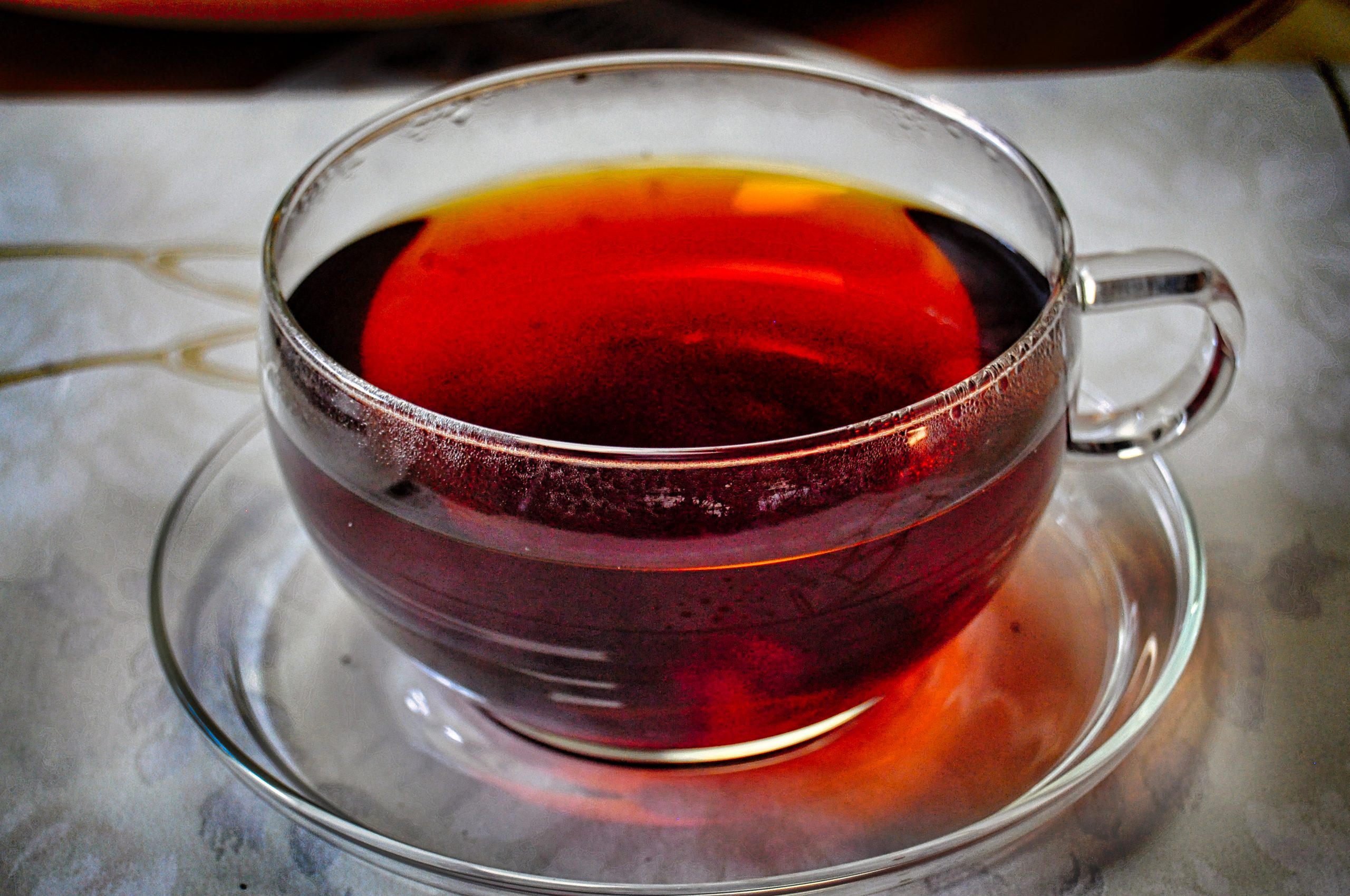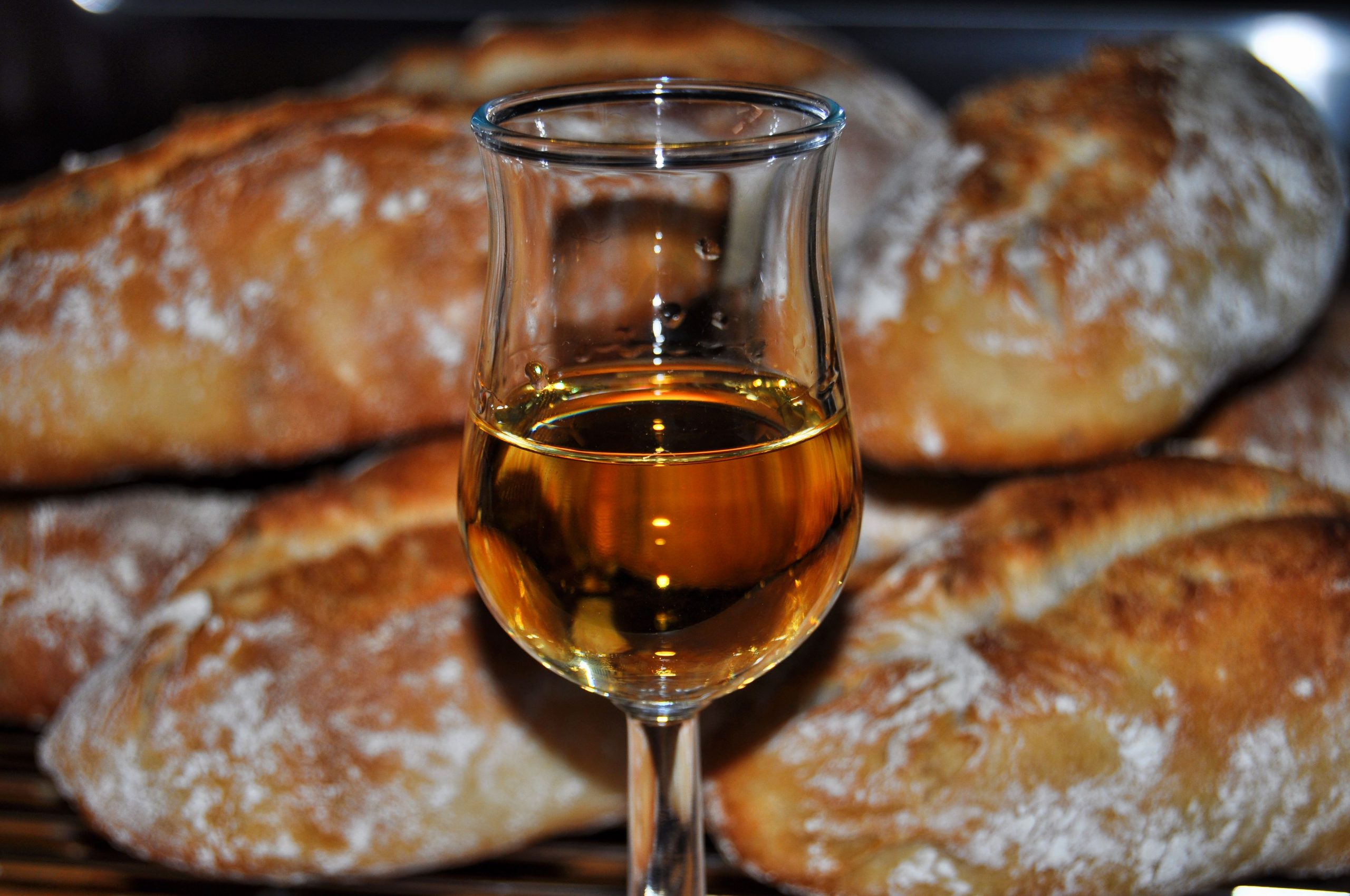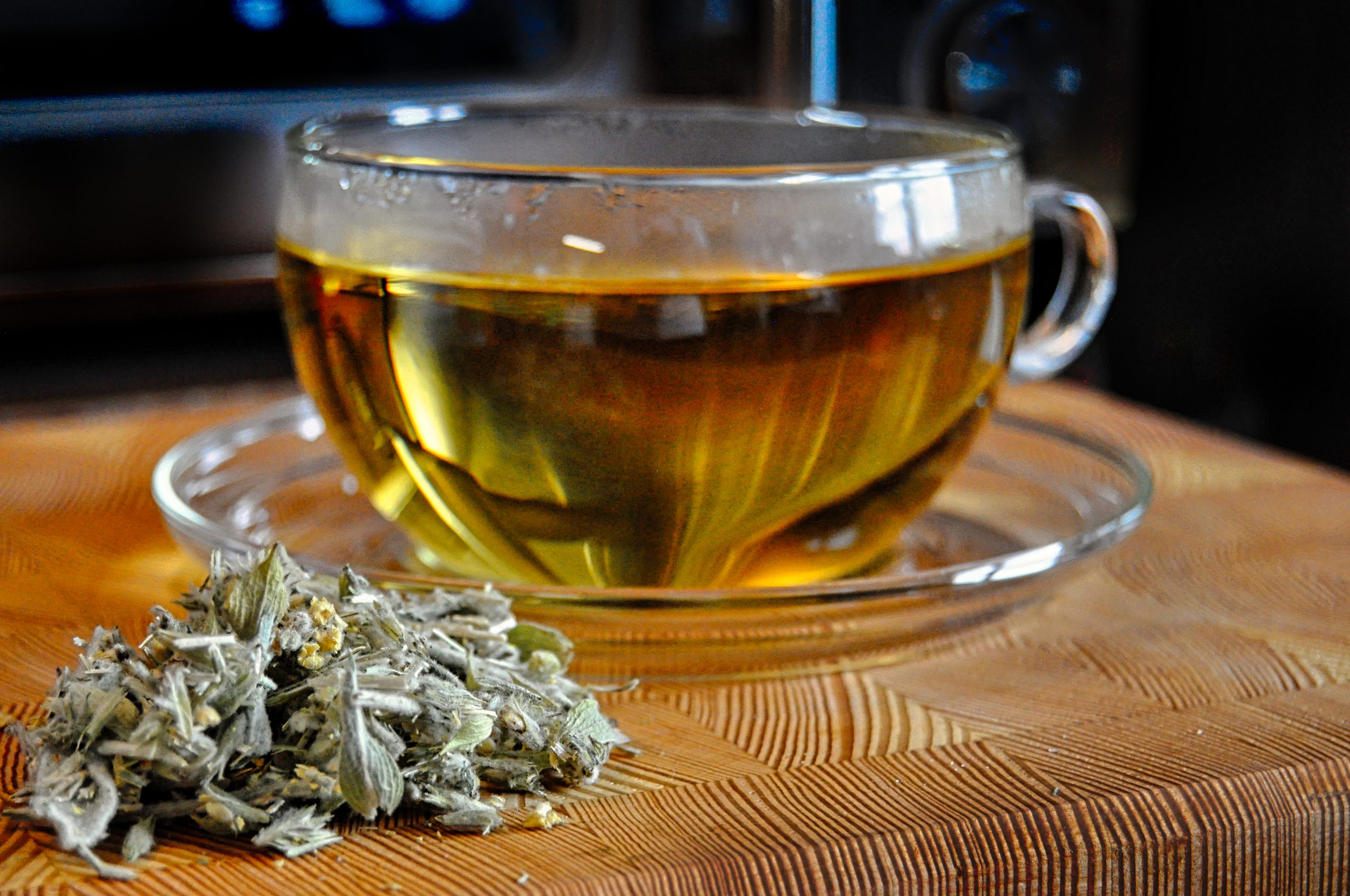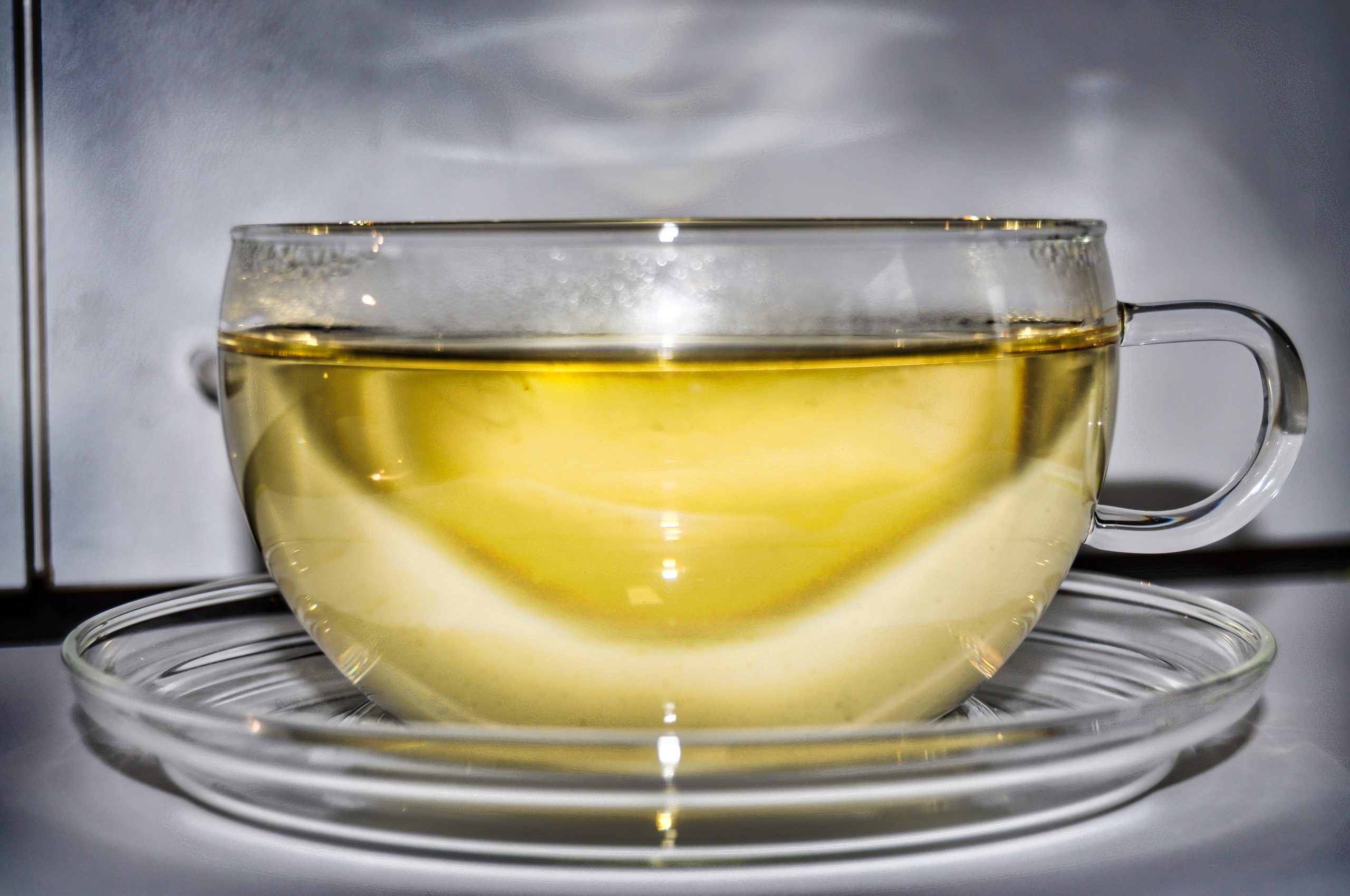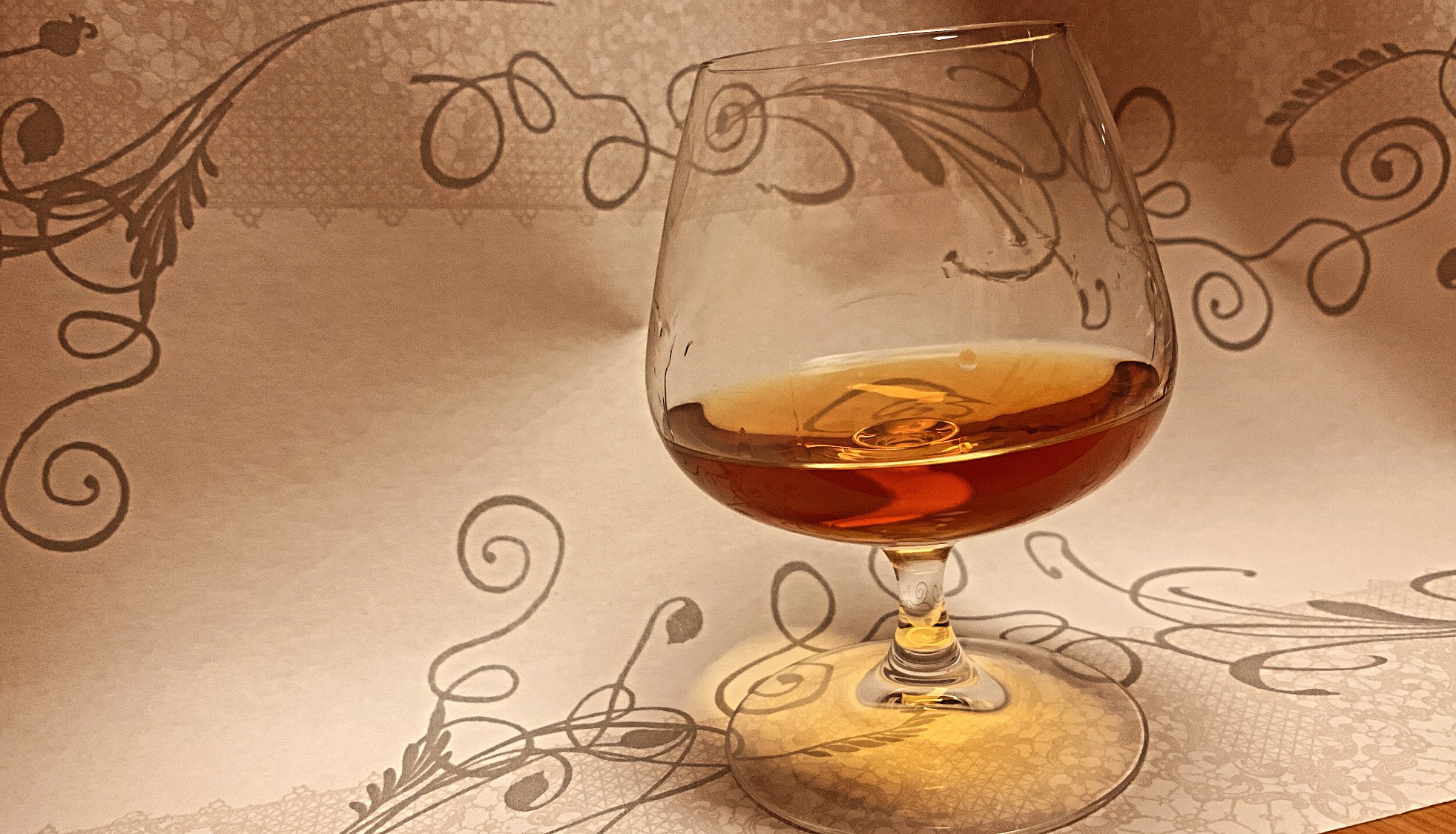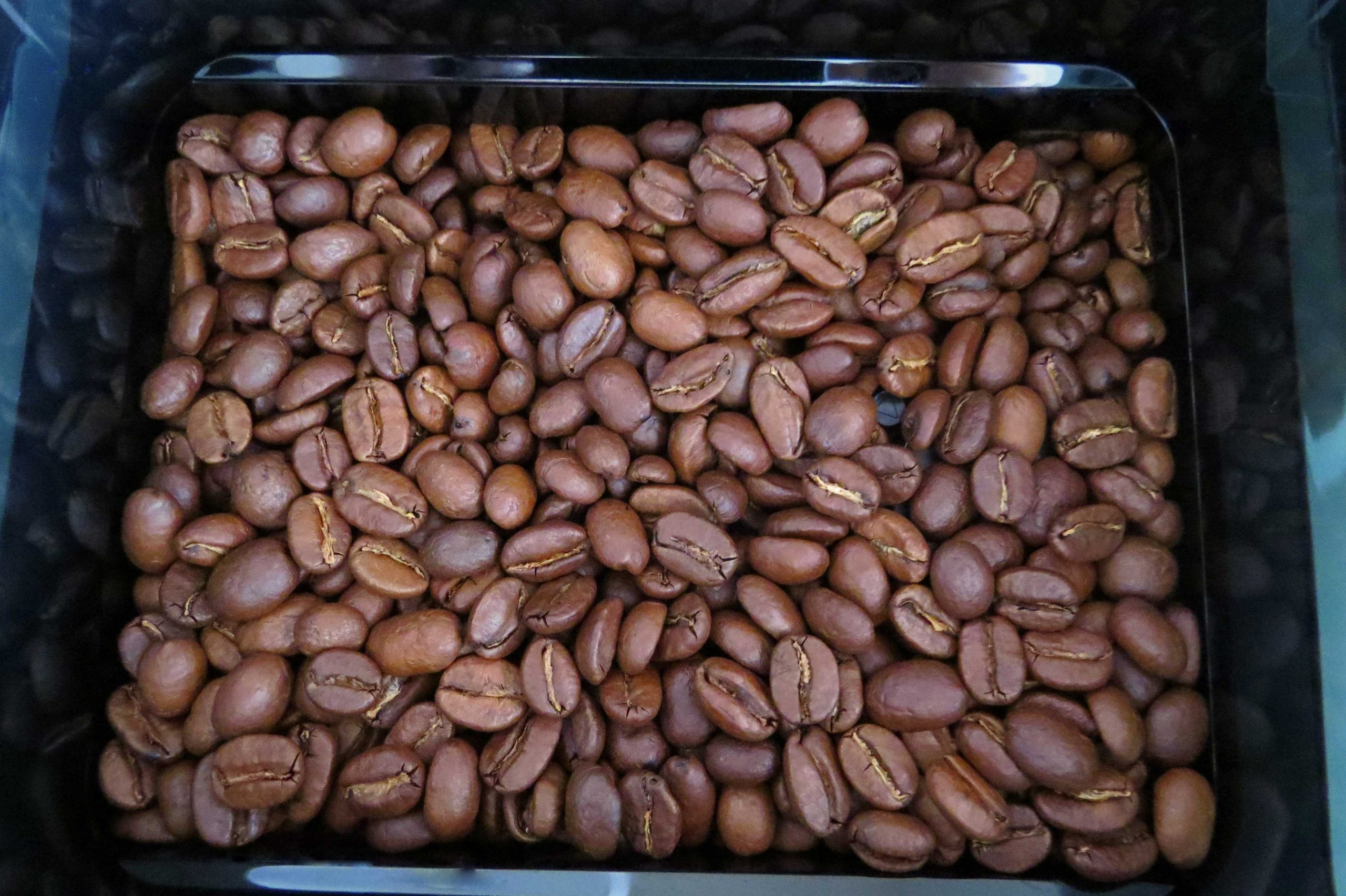For centuries, white tea has been valued in China for its healing powers and its positive effect on the human body: White tea is said to have a cleaning effect on the body. It is not without reason that white tea is considered the champagne of teas: for a long time, only kings and emperors and their servants were allowed to drink white tea. This had to do with the fact that white tea can only be made from the young buds and leaves of the tea plant: These young buds and leaves were considered particularly valuable.
Growing regions
Only a few growing regions come into consideration for harvesting the young buds and leaves, and the harvest can only take place on a few days in spring: As a result, white tea is one of the most expensive teas in the world.
Even today, the tea variety is considered exclusive: the fact that harvesting is only possible on a few days a year has not changed to this day.
White tea is mainly produced in the Chinese regions of Zhenghe and Fuding, which are considered the original growing regions of white tea. Both regions are located in the Fujian province.
Nowadays, special cultivars, i.e. varieties, are used for the production of white tea: The cultivars Da Bai and Da Hao are cultivated for the production of white tea. Both cultivars are descended from another cultivar known in China as Dai Bai, which is called Great White Tea Bush in Europe.
The aim in the production of white tea is to process the tea as naturally as possible.
Exclusive pleasure
One often hears the opinion that “real” white tea must come from the Chinese province of Fujian: However, white tea varieties are also cultivated in the tea regions of Sri Lanka, Darjeeling and Kenya, and the products are very popular. If white tea were produced only in Fujian province, the demand on the world market could hardly be met and white tea would be an absolutely exclusive pleasure, as it was a few centuries ago.
To produce white tea, a special process is used: the tea leaves are not cut or rolled at all. The aim in the production of white tea is to process the tea as naturally as possible.
Harvesting and production
When harvesting, it is important to harvest the tea leaves before they form the colouring agent chlorophyll: The absence of chlorophyll makes white tea a very mild tea variety. All other tea varieties are usually harvested when the leaves have already formed chlorophyll.
After harvesting, the tea leaves are spread out on withering mats at low humidity and mild temperatures – until the desired degree of withering is reached, the leaves remain there. The leaves are then dried at relatively low temperatures in special ovens.
The production of white tea is relatively simple compared to other types of tea, but it is natural: This is what makes white tea special and sets it apart from other types of tea.
Bai Hao Yin Zhen
Bai Hao Yin Zhen is the most exclusive white tea variety in the world: the tea is made exclusively from young, not yet opened tea buds. The harvesting of Bai Hao Yin Zhen is mostly done by hand: a few centuries ago, it was traditional to hold back the harvest of a few, not yet opened tea buds as a tribute to the emperor. This is how the luxurious image of this white tea variety developed, which is valued among tea connoisseurs as one of the most exclusive teas. Depending on the variety, several tens of thousands of buds are needed to produce one kilogram of this coveted tea. Not least the great amount of work behind the production of white tea justifies the high price of the product.
If one is interested in white tea, Pai Mu Tan is often the first variety that tea enthusiasts come across.
Pai Mu Tan
Pai Mu Tan (roughly White Peony) is also a highly sought-after white tea variety. To produce Pai Mu Tan, one bud and two already opened leaves are plucked. The use of the two opened leaves in tea production provides a more complex flavour, which is why Pai Mu Tan is sometimes even preferred to the rarer Bai Hao Yin Zhen. There are a few other white tea varieties, but they are not nearly as highly regarded among tea connoisseurs as Bai Hao Yin Zhen and Pai Mu Tan.
If one is interested in white tea, Pai Mu Tan is often the first variety that tea enthusiasts come across.
Preparation and tradition
When preparing white tea, it is recommended to use water at 75 to 80 degrees Celsius. For very high-quality white teas, you should use water with a temperature of only 70 degrees.
Often, white tea in loose form should be left to steep longer than other types of tea: this is due to the fact that white tea is not rolled during production.
Tea connoisseurs tend to believe that when preparing white tea, one should resort to the traditional Chinese method of preparation called Gong Fu Cha: This preparation method refers to infusing the tea several times to achieve maximum flavour. For white tea, this method of preparation is preferable to the classic European method of brewing.
The traditional medicine of China sees in white tea above all a cooling effect and a detoxifying influence on the body. It is not uncommon to read that white tea is supposed to support a healthy diet: After all, kings and emperors drank the extravagant tea product thousands of years ago, and not without reason.
Cover picture: © Simon von Ludwig

 Deutsch
Deutsch

